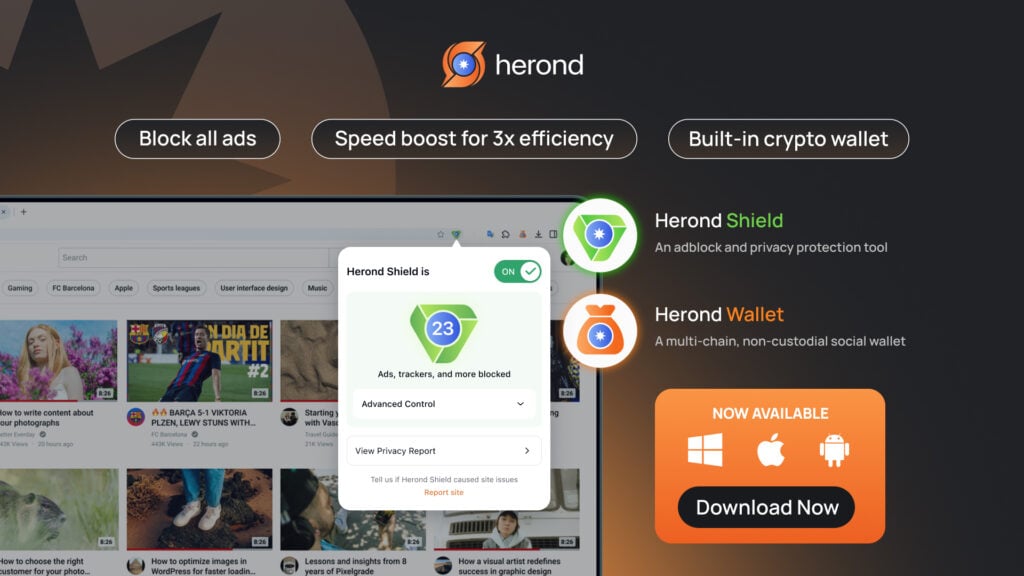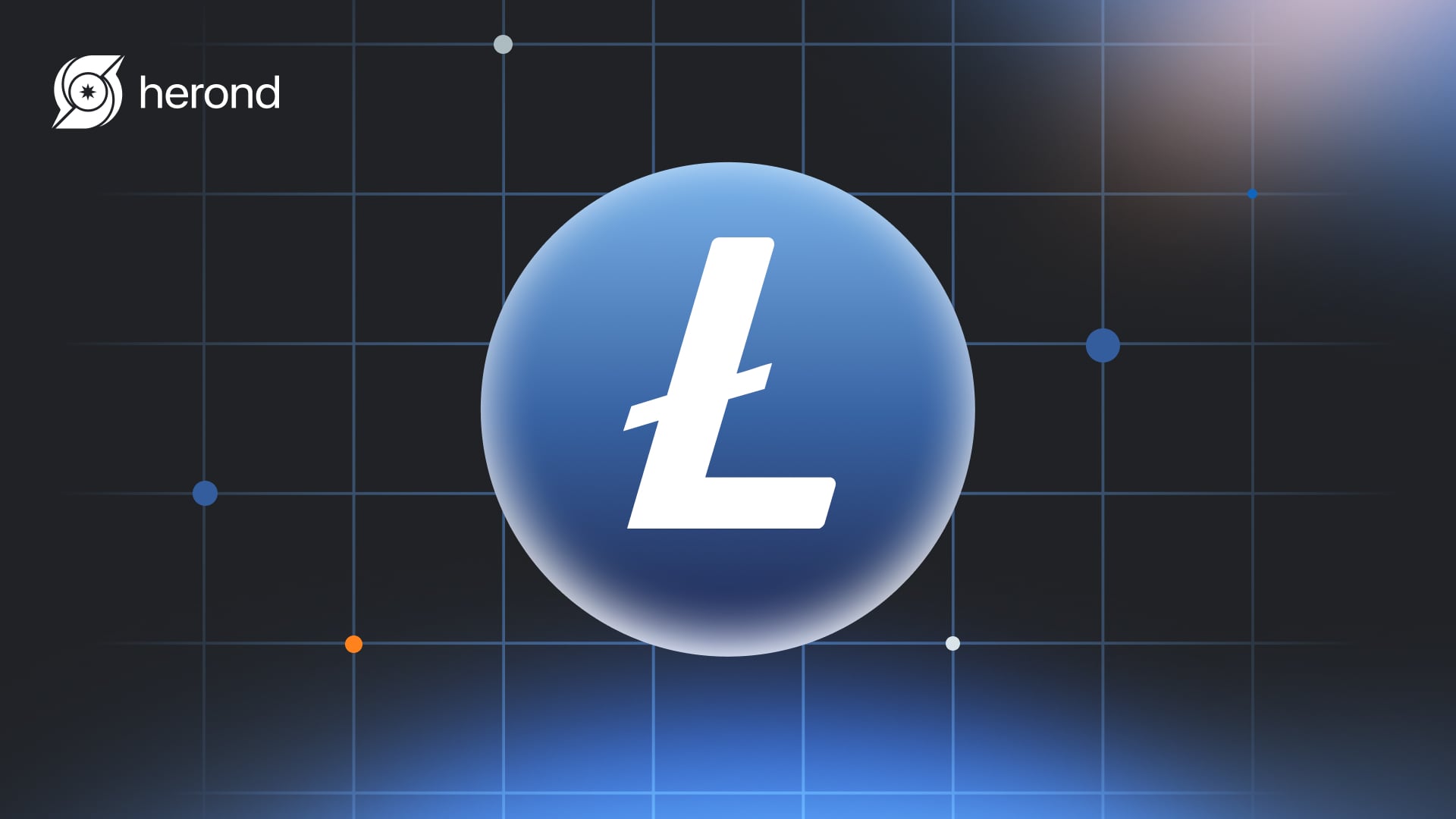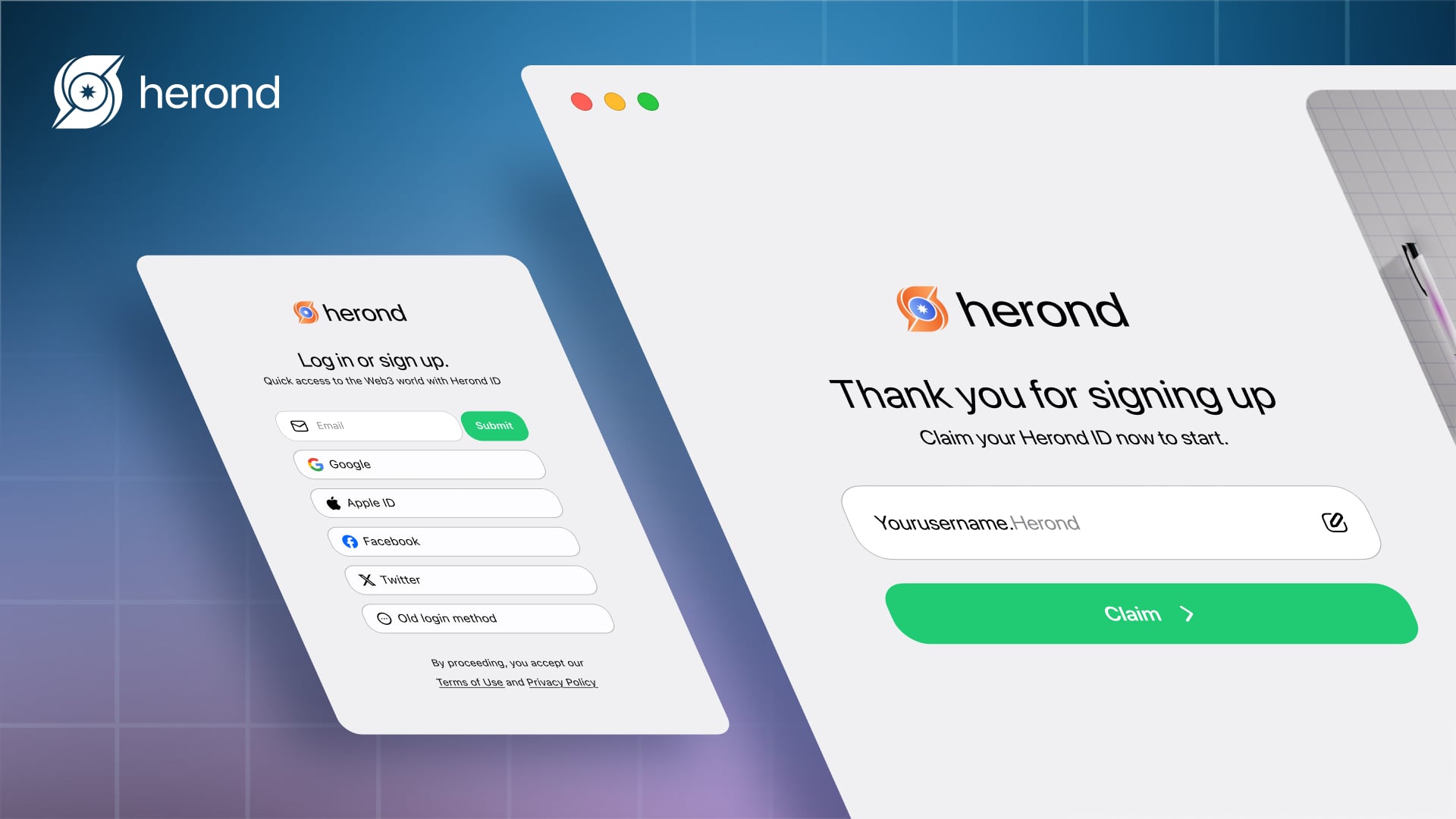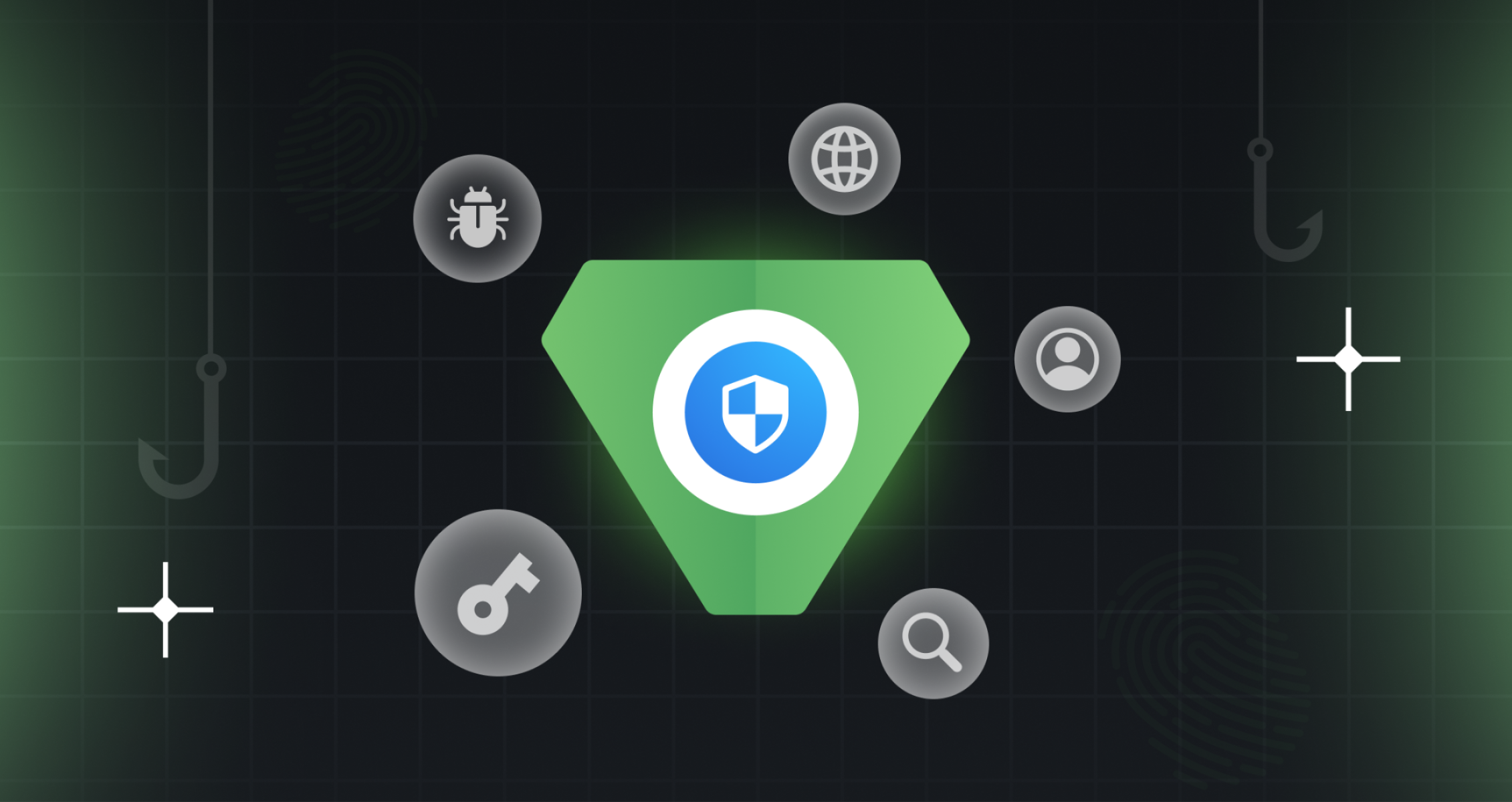Heard about the long-term potential of Litecoin (LTC) and ready to enter the mining game? If you’re a beginner finding the process intimidating, you’re in the right place! Mining Litecoin in 2025 is still a profitable and viable venture, but it requires the correct strategy and setup. This “How to Mine Litecoin in 2025: A Step-by-Step Guide for Beginners” is specifically designed for you. We break down every step, from selecting the right ASIC hardware to joining an efficient mining pool. It’s time to turn your learning into passive income. Let’s start mining LTC effectively and confidently today!
How to Mine Litecoin – The Fundamentals: Hardware, Wallet, and Pool
Choosing Your Mining Hardware
The ASIC Mandate:
2025 Reality: GPU mining is no longer profitable for LTC due to extreme network difficulty.
The Solution: Only dedicated ASIC (Application-Specific Integrated Circuit) miners, built for the Scrypt algorithm, offer the necessary power for competition and profit.
Key Specifications to Look For:
Hashrate (MH/s): The raw speed of mining (higher is better).
Power Consumption (Watts): The electricity needed to run the unit (lower is better).
Efficiency (J/MH): The most crucial metric—Joules per Megahash—for determining long-term profitability.
Recommended ASIC Miners (for Small/Home Scale):
Suggest 2-3 current, highly efficient Scrypt ASIC models (e.g., Antminer L7 or newer equivalents) for optimal returns.

Power & Cooling Considerations:
Electrical Load: Verify your home’s wiring and circuit breakers can safely handle the sustained power draw of ASIC units.
Thermal Management: Proper ventilation and cooling are essential to maintain equipment lifespan and prevent overheating.
Setting up Your Crypto Infrastructure
Litecoin Wallet Setup (Security First)
Wallet Types Recommended: Prioritize security by using reliable options like Hardware Wallets (e.g., Ledger, Trezor) for cold storage, or the official desktop wallet for maximum control over your private keys.
Security Focus: Use your chosen wallet to create a secure receiving address where all your mining rewards will be sent.
Essential Rule: Always keep your private keys backed up and offline.
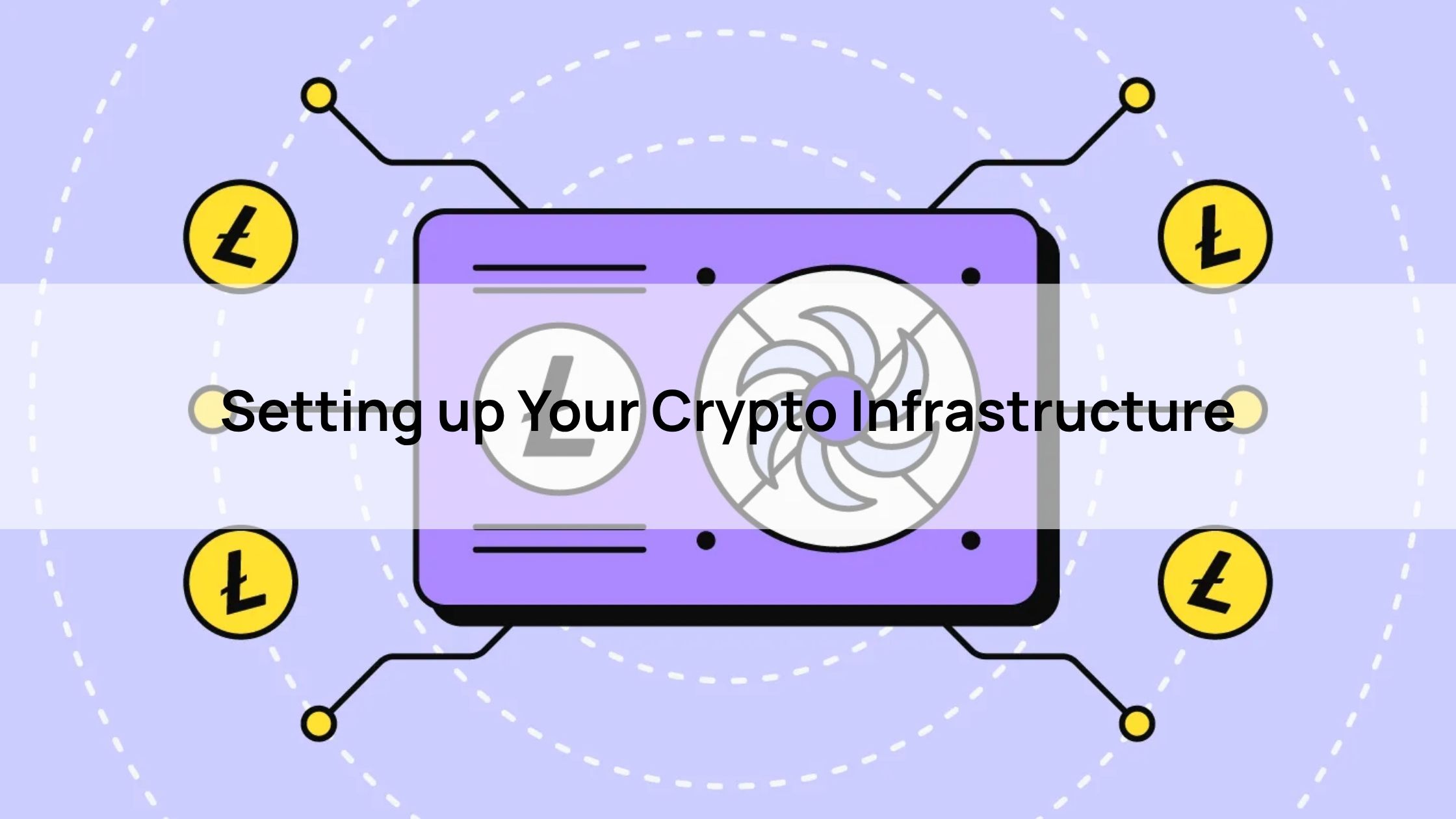
Choosing and Understanding the Mining Pool
Why Pool Mining is Essential: For beginners, Pool Mining is mandatory because it combines your miner’s smaller hashrate with thousands of others to find blocks together.
Consistent Payouts: Pools ensure you receive small, consistent payouts frequently, making the process predictable.
Avoid Solo Mining: Solo Mining is extremely high-risk and is not recommended for beginners due to the low chance of finding an LTC block independently.
Reliable Pools: Choose reputable pools with low fees and high uptime (e.g., LitecoinPool, F2Pool, AntPool) to ensure consistent earnings.
Step-by-Step Configuration and Setup How to Mine Litecoin
Step 1: Secure Your Wallet
Acquire Wallet: Download and install your chosen secure wallet (e.g., Herond Wallet).
Create Address: Generate a Litecoin receiving address specifically for your mining rewards.
Safety First: Ensure you back up your recovery phrase (seed phrase) immediately and store it securely offline – never on your computer or in the cloud.
Step 2: Register with the Mining Pool
Pool Account: Sign up and verify your account with your chosen, reputable Litecoin mining pool.
Create Worker: Establish a Worker Name (this acts as your miner’s unique identity on the pool).
Set Credentials: Set a simple password (this is typically used only for the worker, not your main pool login) to finalize the setup.
Goal: Secure your unique pool credentials needed for the ASIC configuration in the next step.

Step 3: Physical Setup and Connection
Power Up: Safely connect your ASIC miner to a suitable, stable power supply outlet.
Wired Internet (Critical): Connect the miner directly to your router or switch using a reliable Ethernet cable.
Avoid Wi-Fi: Wi-Fi is typically unreliable for mining stability and should be avoided to ensure consistent hashrate.
Goal: Establish stable power and network connection necessary for the configuration phase.
Step 4: Configuring the Miner Software
Access Interface: Locate and access the ASIC miner’s web interface using its specific IP address in your browser.
Input Pool Data: Enter the required pool information: Pool URL, Port number, your Worker Name, and the worker password.
Start Mining: Save and apply the settings to instantly initiate the mining process and begin submitting shares to the pool.
Goal: Successfully connect your hardware to the mining pool to start generating LTC rewards.
Profitability and Monitoring on How to Mine Litecoin
Calculating Your Potential Profit
Three Key Variables: Profitability depends on three core metrics: your miner’s Hashrate (power), your Electricity Cost (per kWh), and the Pool Fees charged.
Use the Calculator: Use an online Mining Profitability Calculator to estimate daily/monthly earnings.
Critical Input: Always input your accurate electricity cost (per kWh). This is the largest operational expense and determines whether your mining operation is profitable or not.
Goal: Determine your potential Return on Investment (ROI) and ensure your revenue exceeds your ongoing energy costs.

Monitoring Your Performance
ASIC Health Check: Regularly check the miner’s web interface to monitor its Hashrate (output), Temperature (heat level), and Fan Speed (cooling efficiency).
Pool Performance: On the mining pool dashboard, closely track Accepted Shares versus Rejected Shares. Aim for low rejection rates to maximize profit.
Payout Management: Understand the pool’s Payment Threshold (minimum balance for withdrawal) and Payout Frequency to manage your cryptocurrency earnings effectively.
Goal: Ensure the hardware is running optimally and maximize the number of successful contributions to the pool.
Essential Security and Maintenance on How to Mine Litecoin
Security Protocols
Wallet Security (Cold Storage): Always store your private keys and recovery phrases offline (cold storage). Never keep them on a connected device to protect your mined LTC.
Miner Security (ASIC Password): Immediately change your ASIC miner’s default login password. Use a strong, unique password to prevent unauthorized access and control.
Goal: Protect both your hardware investment and your cryptocurrency earnings from hackers.

Longevity and Maintenance
Cooling is Key: Maintain proper Airflow and Dust Control to prevent overheating and ensure the long-term longevity and stable performance of your ASIC miner.
Troubleshooting Basics: Learn basic troubleshooting for common alerts, such as dealing with an offline worker (network issue) or resolving high temperature alerts (airflow issue).
Goal: Protect your hardware investment by ensuring the miner operates within safe thermal limits 24/7.
Conclusion
Successfully mining Litecoin in 2025 hinges entirely on a few key actions: you must invest in high-efficiency ASIC hardware built specifically for the Scrypt algorithm, as GPU mining is no longer viable. Once you have your ASIC, prioritize immediate setup by joining a reliable mining pool to ensure consistent payouts, and configure your miner’s software with your pool credentials and a secure wallet address. Crucially, long-term profitability relies on precise calculation, where your miner’s hashrate must consistently overcome your electricity cost per kWh; finally, safeguard your operation by using cold storage for your rewards and maintaining excellent airflow and cooling for hardware longevity.
About Herond
Herond Browser is a cutting-edge Web 3.0 browser designed to prioritize user privacy and security. By blocking intrusive ads, harmful trackers, and profiling cookies, Herond creates a safer and faster browsing experience while minimizing data consumption.
To enhance user control over their digital presence, Herond offers two essential tools:
- Herond Shield: A robust adblocker and privacy protection suite.
- Herond Wallet: A secure, multi-chain, non-custodial social wallet.
As a pioneering Web 2.5 solution, Herond is paving the way for mass Web 3.0 adoption by providing a seamless transition for users while upholding the core principles of decentralization and user ownership.
Have any questions or suggestions? Contact us:
- On Telegram https://t.me/herond_browser
- DM our official X @HerondBrowser
- Technical support topic on https://community.herond.org
